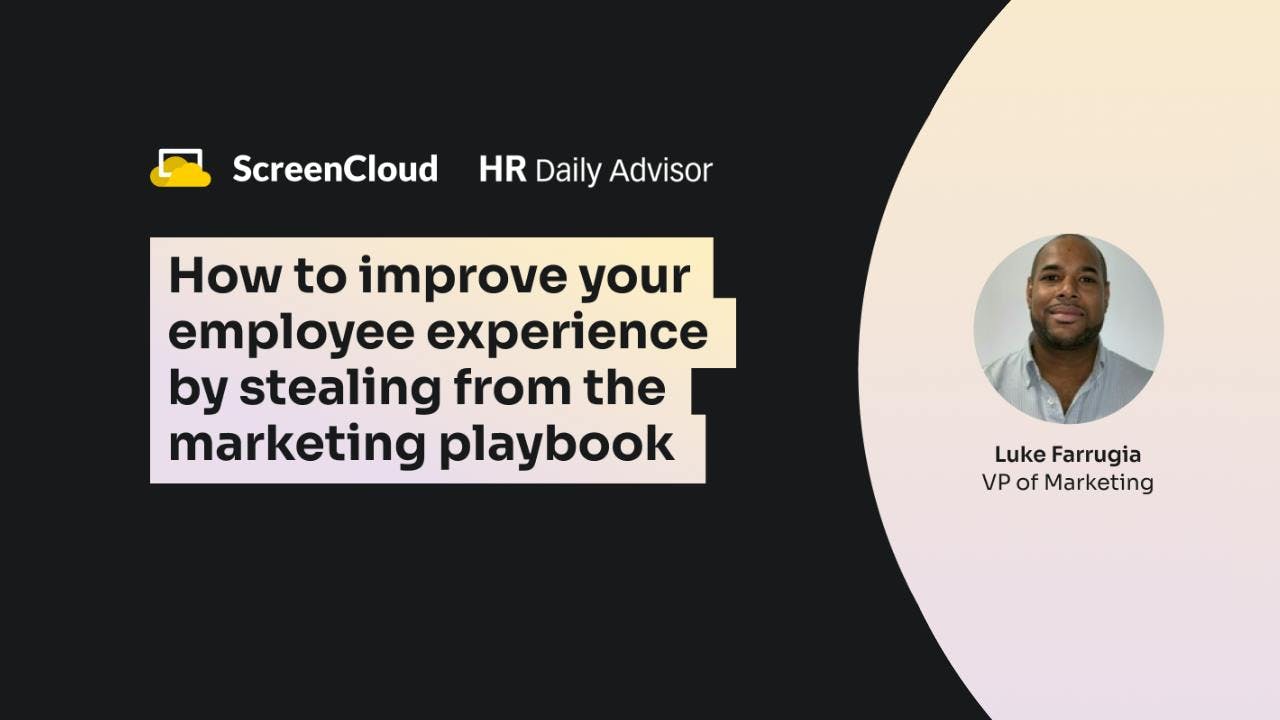‘Consumerize your employee experience’ – and other strategies HR can steal from the marketing playbook

Last Updated: 08/15/2023
‘Consumerize your employee experience’ – and other strategies HR can steal from the marketing playbook
Contents
- Q: What will be the top three challenges for employee communications in 2023?
- Q: What do you mean when you say a human resources/internal comms professional should “think like a marketer”?
- Q: How can companies create a better internal communications strategy?
- Q: What are specific marketing tools that are best suited for internal comms?
- Q: What is the digital employee experience?
- Q: How are digital tools aiding the digital employee experience?
- Q: What is the difference between multichannel communication and omnichannel communication?
- ScreenCloud for HR
